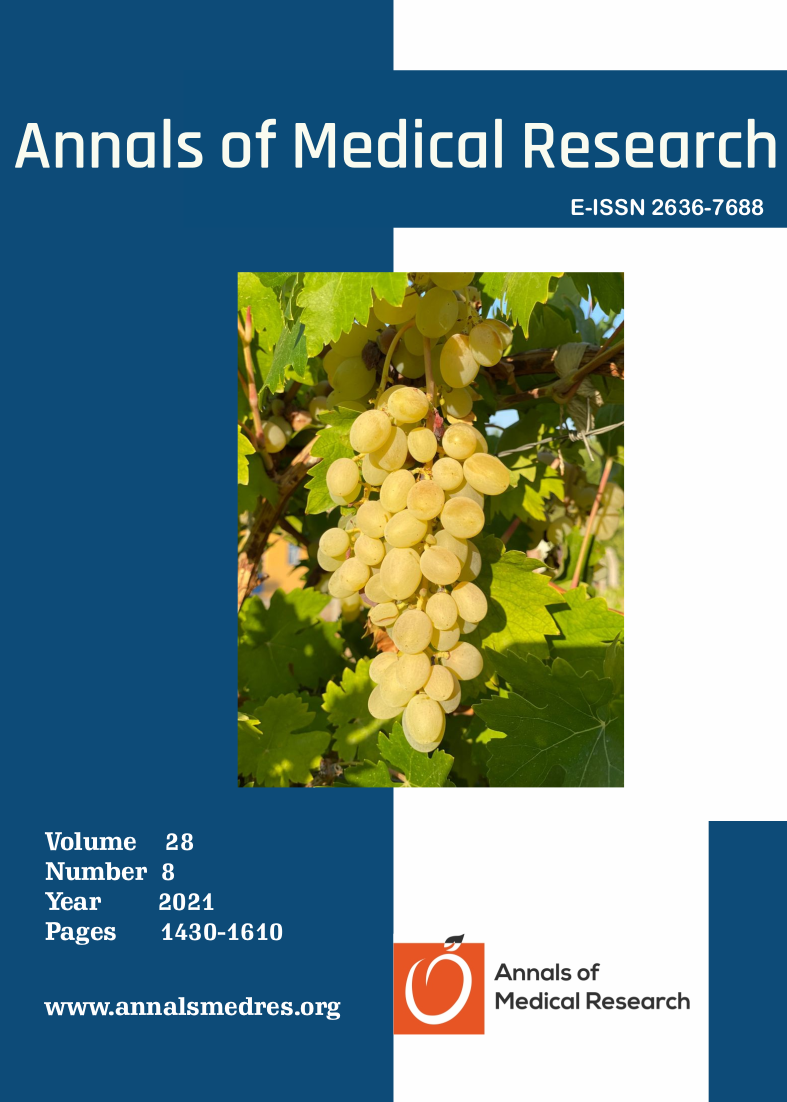Effect of pentoxifylline administration on an experimental rat model of intraperitoneal adhesion
Keywords:
Adhesion, abdominal surgery, pentoxifyllineAbstract
Aim: Intraabdominal adhesions are the pathological structures that form between the peritoneal surfaces throughout the healing of the peritoneal surface defects with scar formation. Adhesions are a significant problem because they affect the quality of life, lead to morbidity and mortality, and increase health expenses. We have investigated the effectiveness of pentoxifylline (PTX), which is a methyl xanthine derivative, on the development of experimentally generated intraperitoneal adhesions in rats.
Materials and Methods: In our study, 30 Wistar Albino rats, each weighing an average of 200-250 grams, were used. In this study, 3 groups of 10 rats were formed. As the adhesion model, cecotomy method was preferred and applied. Groups were classified as; the sham group, control group and PTX group. In the Sham group, merely laparotomy was applied, the control group was intraperitoneal 5 cc isotonic after the cecotomy, and the PTX group was intraperitoneal 100 mg / kg after the cecotomy. Rats were sacrificed on the 15 th day. Macroscopic, microscopic adhesion and adhesion tissues were evaluated with regard to hydroxyproline levels.
Results: In the comparison of the groups from the macroscopic point of view, there was a noteworthy difference in adhesion between the sham group and the PTX group (p = 0.027) and between the control group and the PTX group (p = 0.001).
Conclusion: In this study, it was observed that PTX can reduce intraabdominal adhesion and increase the level of hydroxyproline after surgery.
Downloads
Published
Issue
Section
License
Copyright (c) 2021 The author(s)

This work is licensed under a Creative Commons Attribution-NonCommercial-NoDerivatives 4.0 International License.
CC Attribution-NonCommercial-NoDerivatives 4.0






